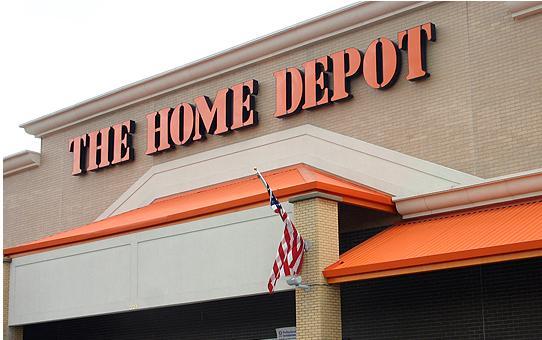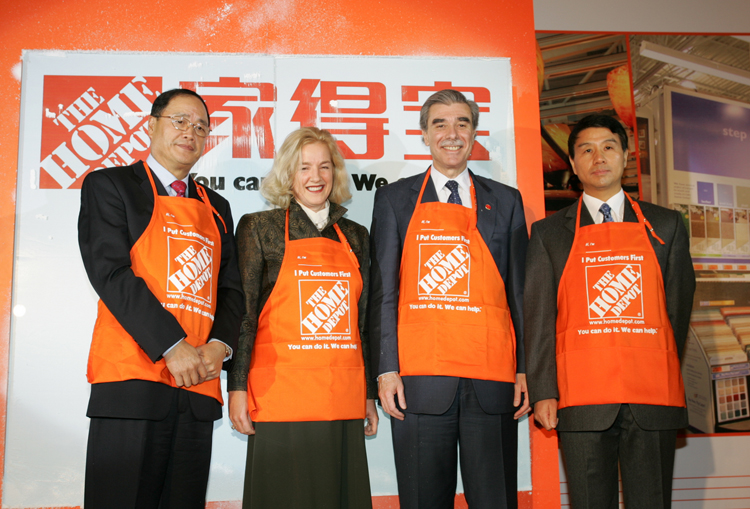


This economy has beat down some big companies. You’d think that if you’re going to delay buying a home, you might fix up the roof, re-do the floors, maybe get a new deck instead?
Apparently, no. There’ll be none of that.
Home Depot announced Tuesday that they took a major ass-kicking and reported a net loss of $54 million dollars. Home Depot’s real telling sign of a poor economy is that they had 10% less customer transactions than last year.
It means your Uncle Tom isn’t buying all that lumber anymore. And me? Well, honestly. I’ll go into a Home Depot to buy a hammer and a nail to hang a painting, they’ll send me to aisle 39 and I’ll get completely lost. Then I leave pretending I don’t need the stuff anymore because I don’t want to admit I don’t know what type of nail to buy. 1 1/4″? 3/4″? 5/7″?
There’s seven thousand different nails. Seven thousand. Just make one. Call it the Picture-Hanging Nail. Is that so hard?
Home Depot, Inc. announced a key change in accounting principals in its third quarter filing with the SEC. After adopting a new enterprise resource planning system, otherwise known in the wholesale-retail world as an “ERP” system, Home Depot is now keeping track of inventory values in its Canada retail operations using a weighted-average cost method. Previously Canada inventory values had been determined using a method based on when the items were bought called “first-in, first-out.”
For some shareholders inventory accounting changes raise red flags as such moves suggest the company is trying to manage its balance sheet values or profit margins. If price changes are nominal, inventory accounting methods typically render the same balance sheet values and profit levels. That is, First-in, First-out (FIFO) yields the same results as “Last-in, Last-Out” (LIFO) as the prices are basically the same. However, when prices are rising fast, LIFO leads to falling inventory values on the balance sheet as the older, lower priced items remain on the balance sheet. If the company is unable to pass along rising wholesale or materials prices to their customers, margins also fall. Ergo, A change to FIFO is tempting.
Apparently, Home Depot management expects the change to a weighted-average cost (WAC) to provide a better match of the cost of sales with the revenue generated. The more sophisticated calculation is made possible by the new ERP system. As it turns out, the new accounting method produced an inventory value very near what would have been reported had Home Depot Canada stuck with the old FIFO method.
Home Deport operates about 165 stores in Canada. Management indicates the Canada operation is profitable and same-store sales are positive, but the company does not disclose sales by geography. Total merchandize inventory was $11.9 billion at the end of the fiscal third quarter 2008 compared to $11.7 billion a year-ago. However, as Home Depot’s sales in 2008 are off approximately 4% from 2007, going forward the 1.7% increase in total inventory could be a source of concern — should sales continue to fall.
No comments:
Post a Comment